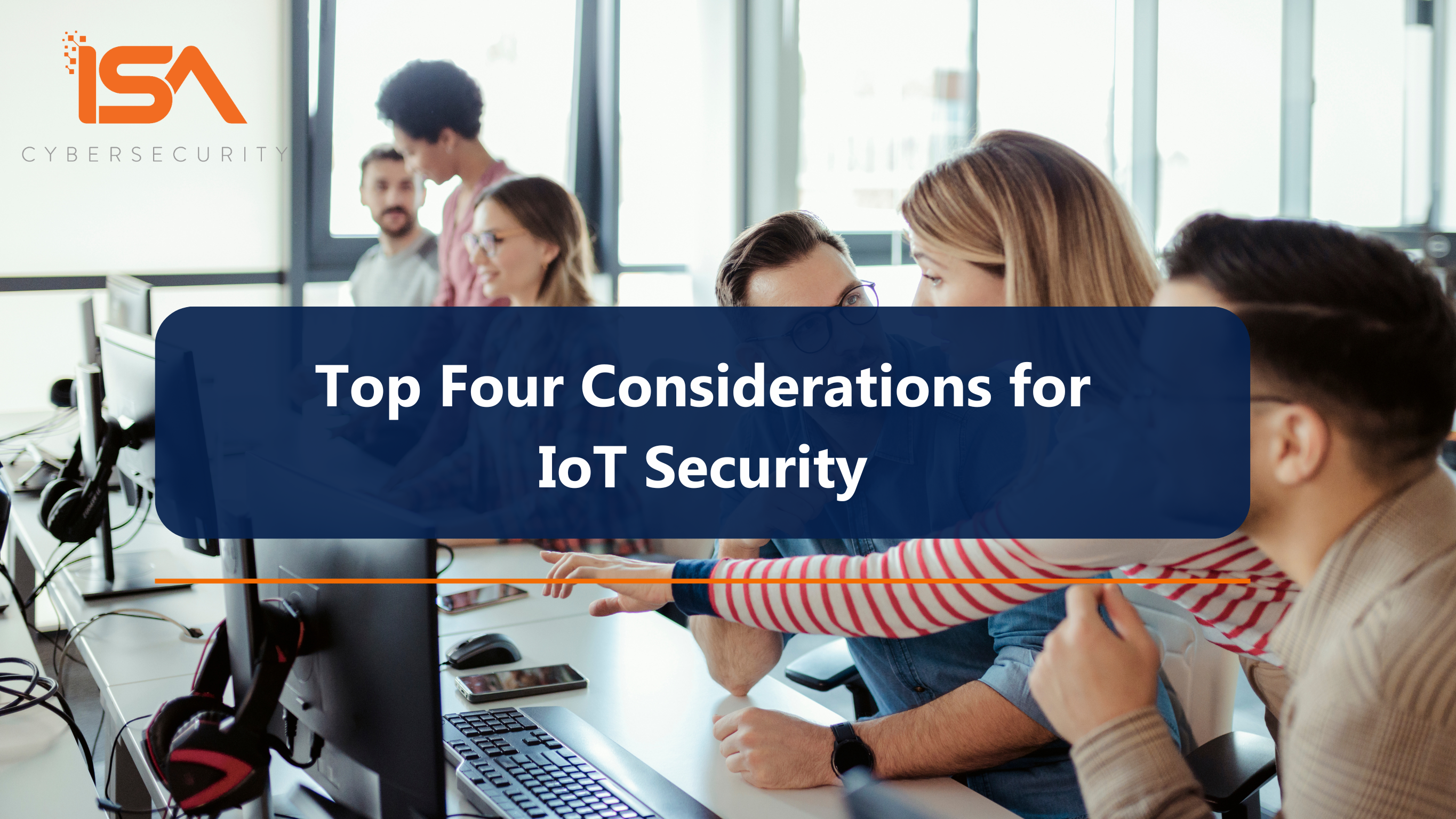Comprehensive Visibility
Viewing all alerts and activities through a single frame of reference reduces the likelihood of missing related events that may have otherwise seemed disconnected, and may not have attracted your attention when considered in isolation.
Integrating SIEM and EDR provides you with comprehensive visibility across your entire IT environment, including the network, endpoints, and cloud infrastructure. SIEM collects and analyzes data from various sources, while EDR focuses on endpoint-specific data, giving a holistic view of potential threats. Not having this integration is like working on a jigsaw puzzle with pieces spread throughout different rooms: there’s no way to get the big picture.

Improved Incident Response
Your EDR solution should provide insights on any anomalous activities on your endpoints, preventing the spread of malware and containing potential attacks on individual systems. Forwarding this telemetry to your SIEM can help reduce your MTTD (mean time to detection) and the likelihood of a successful breach affecting multiple systems or networks.
Using AI and machine learning techniques, SIEMs can correlate and analyze data with a speed and accuracy beyond human capabilities. This helps you stop threat actors before they can gain a foothold or have a chance to pivot to launch lateral movement, privilege escalation, and fileless attacks. Faster containment and incident response means reduced costs, and less damage to your network, customers, and reputation.
Threat Intelligence and Threat Hunting
With an integration between your SIEM and your EDR solution, you can leverage external threat feeds and integrate them with SIEM and EDR data, providing real-time contextual information about threats targeting endpoints. This integration enhances the accuracy and relevance of threat detection, enabling security teams to prioritize and respond effectively.
The combined capabilities of SIEM’s analytics and EDR’s endpoint visibility empower you to conduct threat hunting across endpoints and the network. Your security teams can proactively search for advanced threats, previously unknown malware, and suspicious behaviours, uncovering hidden threats and strengthening overall security.

Share Your Experiences
To help your MSSP understand your goals for the future, discuss some of your organization’s past successes and failures. It’s also worth highlighting some of your past and current management processes. Discuss what worked, what didn’t, and why. Your MSSP may be able to implement improvements to existing or previous processes that better fit your needs.
The same should be done for incident response. Reviewing some of your past breaches and incident reports offers your MSSP an opportunity to highlight areas needing improvement, and better protect your environment in the future. Similarly, your MSSP can offer insights about their previous experiences, including what worked and what didn’t. Cyber incidents can be painful experiences: the silver lining can be the lessons learned after an incident.
User and Entity Behaviour Analytics (UEBA)
You can extend your defensive capabilities even further by leveraging UEBA (user and entity behaviour analytics) with your EDR and SIEM together. UEBA solutions use AI and machine learning to detect anomalies in the typical behaviour of users and devices connected to your network, giving you the ability to detect anomalous activities beyond traditional SIEM capabilities alone. UEBA integration gives your SIEM an edge by giving you correlated data that would have otherwise been disconnected events not necessarily worthy of triggering an alert.
Some examples of potentially suspicious activities UEBA and your SIEM could help detect include the following:
- Frequent password resets (especially on privileged accounts)
- User logins from different locations (either multiple logins across large distances within too small a timeframe to make sense, or logins from odd locations)
- Numerous attempts to view or modify infrequently accessed resources
Some of these alerts may not look like much on their own – but consider this example. A login from a Halifax-based user now in Ottawa may just mean that user is checking in while on vacation. However, another login from the same user in Vancouver 30 minutes later is cause for concern. Assuming there are no other indicators of compromise, the isolated individual events wouldn’t necessarily trigger an alert. However, these activities considered in the context of time and place will raise the alarm of an “impossible” login, allowing your team or managed security service provider to investigate and act promptly. This is one of the benefits of combining your EDR, UEBA, and SIEM capabilities.

SIEM & EDR: Better Together
SIEM and EDR solutions are both important, but integration makes them an even more powerful way of defending against cyber threats. The worlds of SIEM, EDR, and UEBA are changing quickly. To learn more about how ISA Cybersecurity can help you get the most out of your security programs and investments, contact us today.




